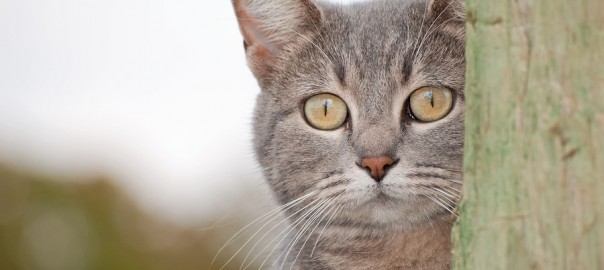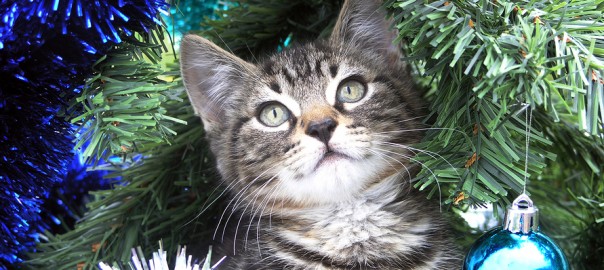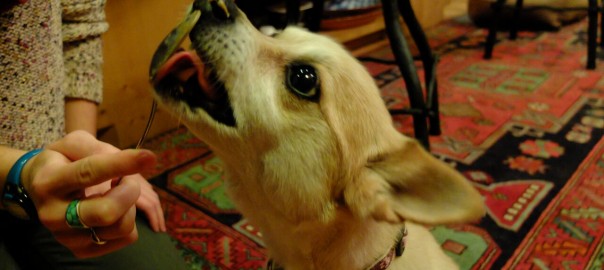Excessive tears can range from an unsightly nuisance in a light-haired dog to a medical problem if it causes the area to remain perpetually moist.
There have been many attempts to find a solution, with people often getting hooked on pet supply store and online products they swear by. The problem is that these treatments work because they contain very low doses of antibiotics, and are a recipe for creating dangerously drug-resistant bacteria along with wreaking havoc on a pet’s digestive health.
One of the veterinarians at the veterinary hospital where I work, Dr. Dawn Mehra at North Idaho Animal Hospital in Sandpoint, Idaho, recently went to a dermatology seminar where she learned about an exciting new treatment for tear staining that is healthy, safe and was vouched for by several veterinarians in the audience.
It is Prostora, a probiotic from Iams. Treatment is one tablet daily for thirty days and then every other day forever. The experts said pet owners should notice a difference in about 30 days.
I use and recommend probiotics for routine use anyway. Ask your veterinarian what they think or just order it and give it a try — then be sure to let me know!
Note: I have no relationship with Iams or this product, and haven’t personally used it as none of our pets has this problem.




